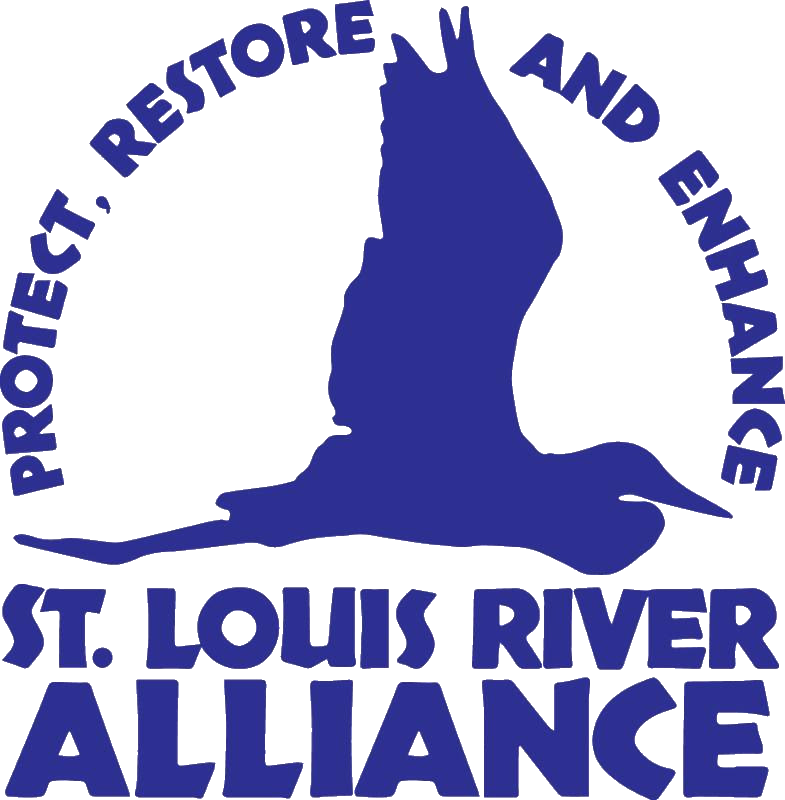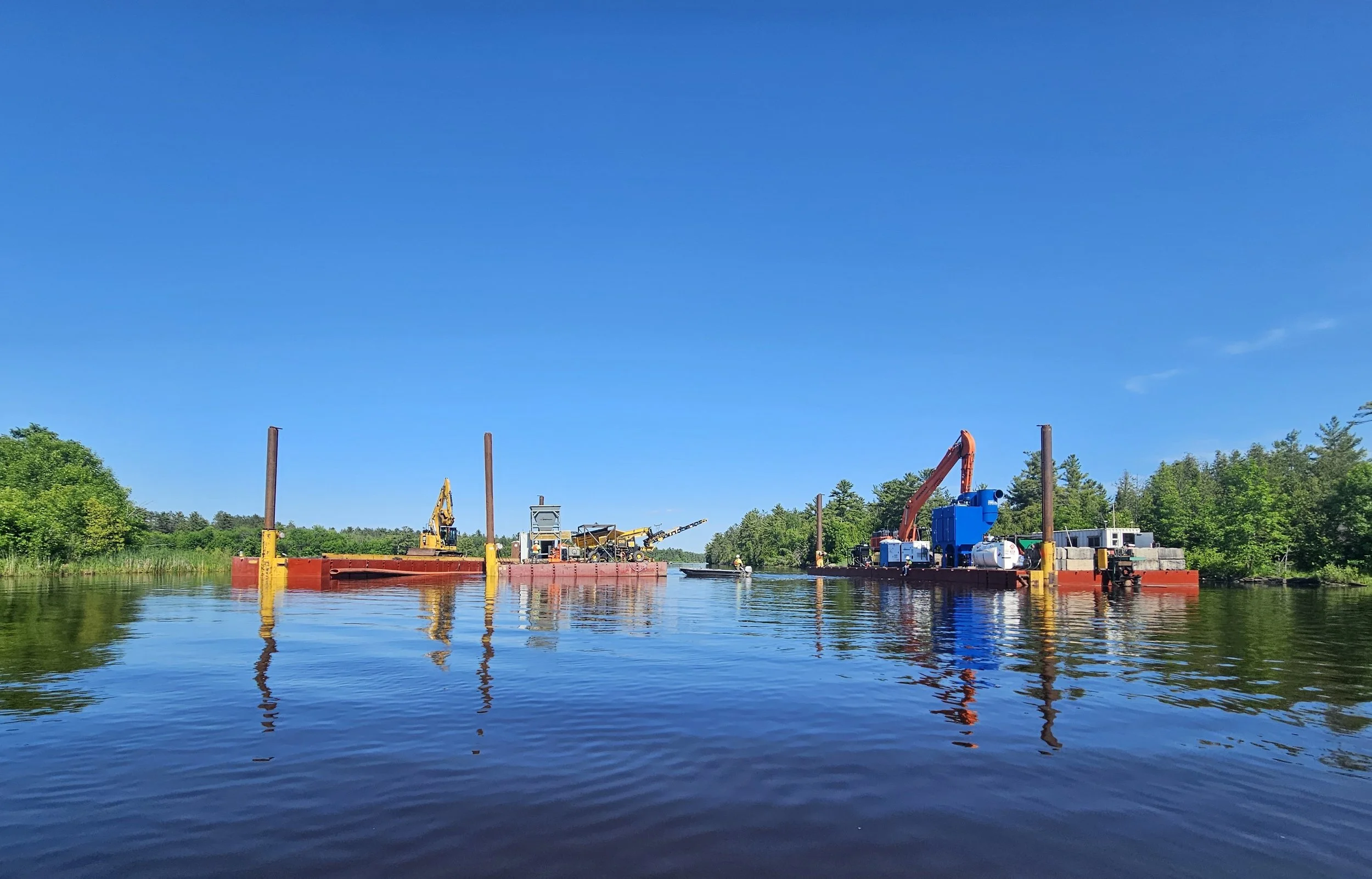October 2025: St. Louis River Area of Concern Updates
The St. Louis River (SLR) was designated as one of the 31 Areas of Concern (AOC) on the Great Lakes. It was designated as an AOC under the U.S. – Canada Great Lakes Water Quality Agreement in 1987 because of significant impacts that occurred before modern environmental laws were in place. Following the SLRAOC Remedial Action Plan, state and federal agencies have been implementing management actions to address the legacy impairments. If you look, you can now see the work in progress throughout the SLRAOC: contractors are busy each construction season, plant and animal populations are rebounding, water is cleaner, and lost habitat is being restored.
Continue reading for October St. Louis River Area of Concern project updates.
Photo: Wisconsin DNR staff are monitoring manoomin growing in Allouez Bay, Sept 2024, credit WDNR.
Manoomin (Wild Rice) Seeding
Denser stands of rice grew on the river this year. The 1854 Treaty Authority completed annual monitoring of restoration sites in August; watch for their report next March. The FdL Band and SLRA seeded 15,959 pounds across 77.2 acres at 6 sites - the highest seeding rate since efforts began in 2015.
For more information: read the St. Louis River Estuary Manoomin Restoration and Stewardship Plan and the Wild Rice Monitoring and Abundance in the 1854 Ceded Territory (1998-2024) report.
Photo: JF Brennan adds activated carbon to the sediment at the bottom of Thomson Reservoir, credit MPCA.
Thomson Reservoir
The USEPA, MPCA & their industry partner successfully completed this Great Lakes Legacy Act Project in September. Over 2-years, 19,000 tons of activated carbon were placed to remediate 66 acres of sediment contaminated with dioxins & furans. This completes all of MN's SLRAOC remedial actions.
For more information: view the Thomson Reservoir pages on this story map.
Graph: Progress pie chart prepared by MPCA.
Progress Update
The new tally is in! As of 9/30/25, the 82.5% of the SLRAOC management actions are complete. What’s left? 4 sediment remediation & 4 habitat restoration projects, plus 6 tasks that don’t involve construction are in progress, drawing closer to completion.
For more information: the Remedial Action Plan provides details about each management action.



